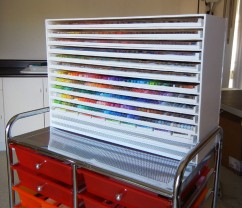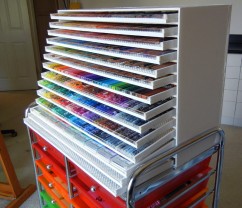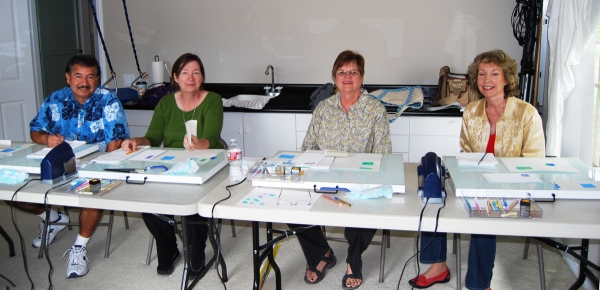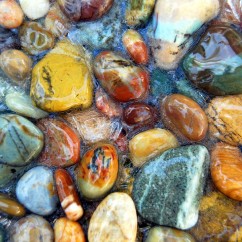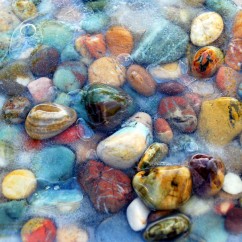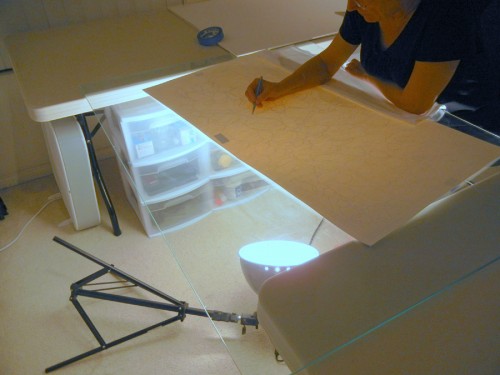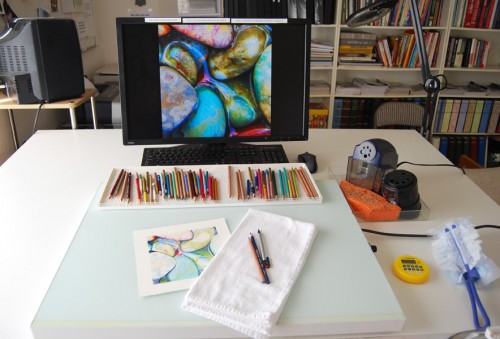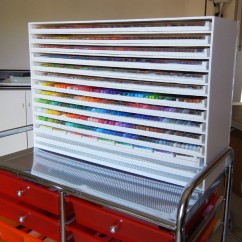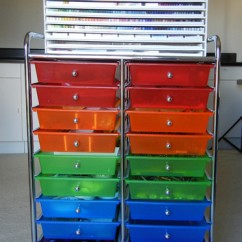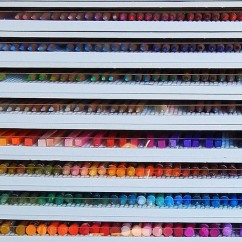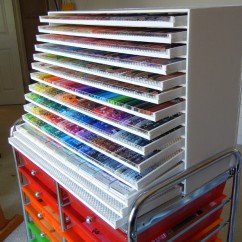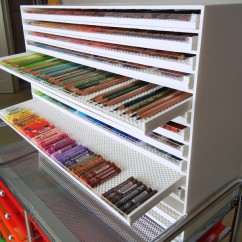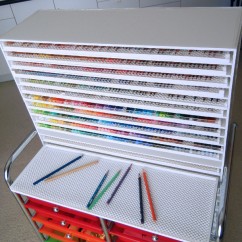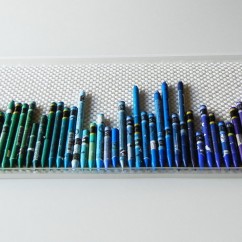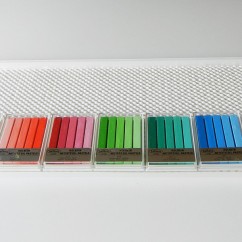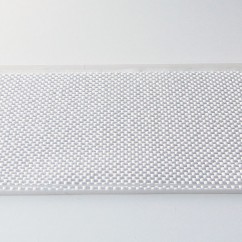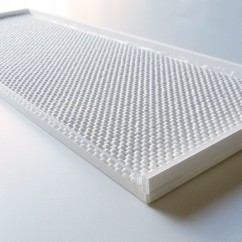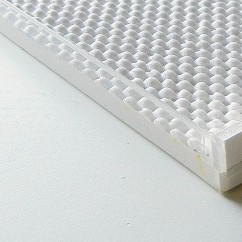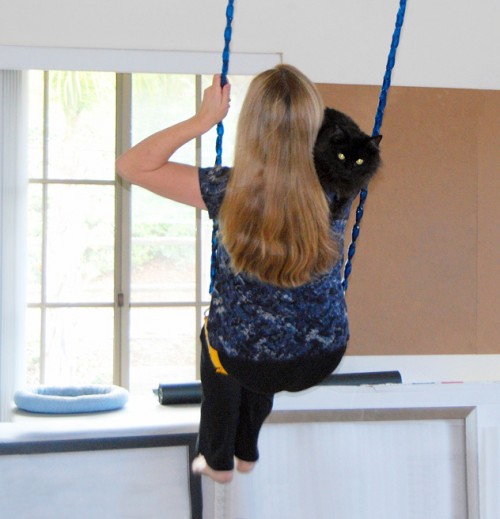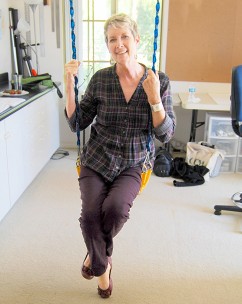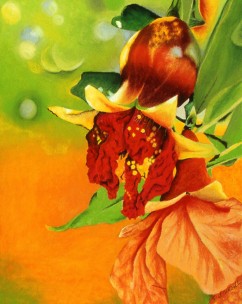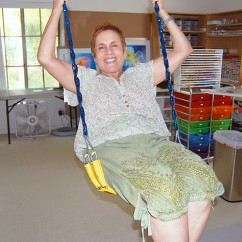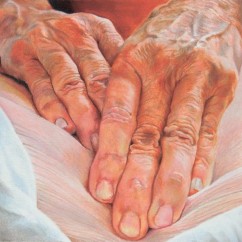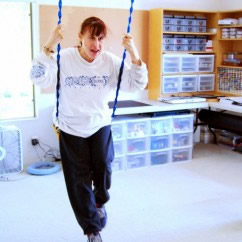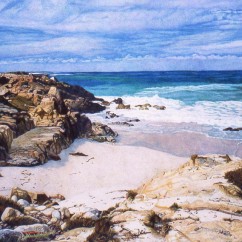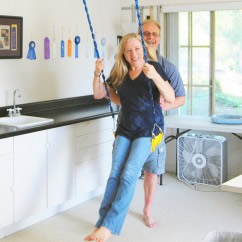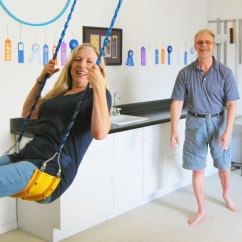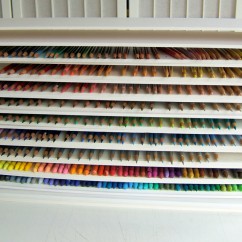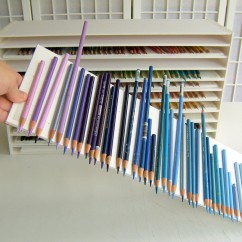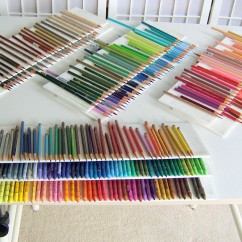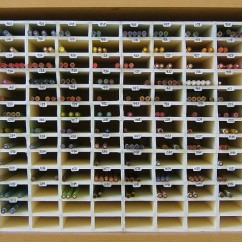I promised to some of you to put together the step-by-step directions for building a media organizer like mine. Please refer to my previous post for images and description of the unit. Following are detailed instructions on how to build it.
Materials:
- 6 sheets of foam board 30" x 40" x 3/16" thick
- 1 piece of plexiglass (clear acrylic) 12" x 24" x 1/8" thick (0.125")
- glue gun, acrylic cutting knife
- white artist tape
- non-slip liner (optional)
Steps:
- Cut the foam board
- Build the main structure
- Build the trays
- Cut and glue the plexiglass
- Cut non-slip liners to size (optional)
1. CUT THE FOAM BOARD
Use the four drawings below as guidelines. The white areas represent all the foam board pieces that you'll need for this project, while the gray areas are the left-overs. Remember that if you use smaller foam boards (20" x 30") you will have a lot more waste. Be very precise when you measure, draw, and cut your pieces.
Each drawing is a scaled representation of a 30" x 40" foam board. Drawing A needs to be repeated on three separate foam boards. Drawings B, C, and D are only used one time each (six boards total).
The media organizer is composed of two parts:
- the main structure, made of 15 shelves, two sides, and one back
- 14 removable trays, each one made of one bottom, one back, two sides, and a plexiglass front
Main structure dimensions:
- 15 shelves: 22 3/4" wide x 7 3/4" each
- 2 sides: 15 3/4" high x 7 3/4" each
- 1 back: 15 3/4" high x 23 1/8"
Trays dimensions:
- 14 bottoms: 22 1/4" x 7 1/2" each
- 14 backs: 22 1/4" x 11/16" each
- 28 sides: 7 1/2" x 1/2" each
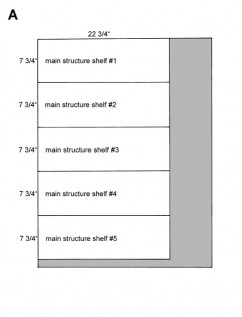
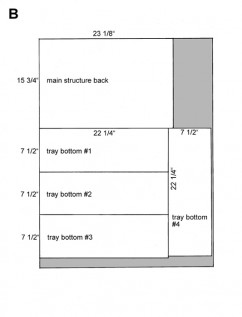
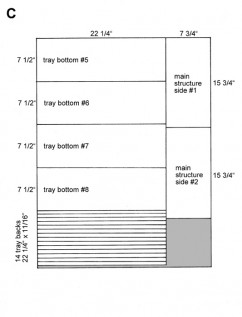
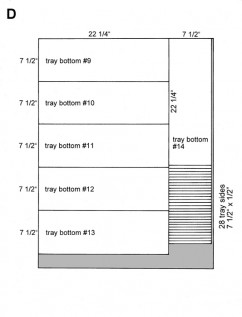
2. BUILD THE MAIN STRUCTURE
This is the most challenging part of the project. I hope that by explaining how I did it, I can make it a little easier for you.
First you need to draw on both sides and on the back of the main structure the guidelines for the shelves.
Please note that the 15 shelves are a little less than one inch apart from each other. Sorry, I don't have the measurements for this step; you'll have to do the math.
When you have all your guidelines drawn, you can start gluing.
Gluing technique:
- place a strand of glue at the seam where the two surfaces meet
- do not place the glue directly on the foam of the board - the heat will melt the foam
- hold the foam board pieces in place until the glue cools down and feels solid
Begin by gluing together the two sides onto the back of the main structure. Then move on to the shelves.
Proceed by gluing one shelf at a time. Make sure the shelf is in the right position. Place your glue strands on the three seams. Wait for the glue to cool down and move on to the next shelf until you are finished. Remember to place the glue only on the top side of the shelves, not the bottom (see picture #1 and #2).
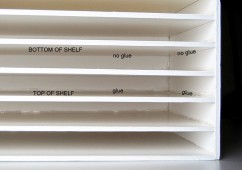
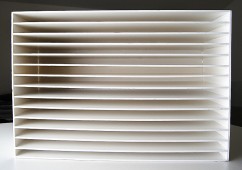
3. BUILD THE TRAYS
Glue the back of each tray to the bottom. Then glue the two sides over the bottom. See pictures #3 and #4.
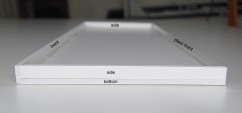
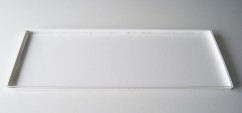
4. CUT AND GLUE THE PLEXIGLASS
Do not remove the protective film from the plexiglass. You need 14 strips, each measuring 22 1/4" x 11/16". Draw your guidelines directly on the film.
If you have never cut plexiglass before, please practice a little before cutting the strips. I use the "score and snap method" with this type of knife.
When you glue a plexiglass strip to a tray, it will look as in picture #5 where the glue is completely visible. I hid the glue with white artist tape for aesthetic reasons (picture #6).
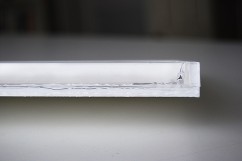
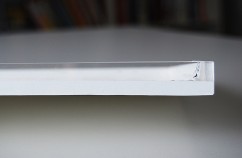
5. CUT NON-SLIP LINERS TO SIZE
This is an optional step but I highly recommend it. I purchased the non-slip liner from my local home improvement store. It keeps pencils and other media from rolling even if the tray is on a slant (see pictures #7 and #8). The measurements of each liner are: 21 3/4'' x 7 1/4''.
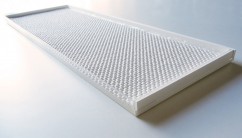
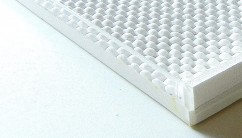
Last but not least, turn your main structure upside-down so that the glue strands of the shelves are on the top, not on the bottom of the slots. This way there's no interference with the sliding of the trays.
After filling your trays with colorful media, from pencils to crayons and pastels, you can place them inside their slots (picture #9 and #10). Now you can finally enjoy your creation.
Let me know if this was helpful. Feel free to ask any questions along the way.
